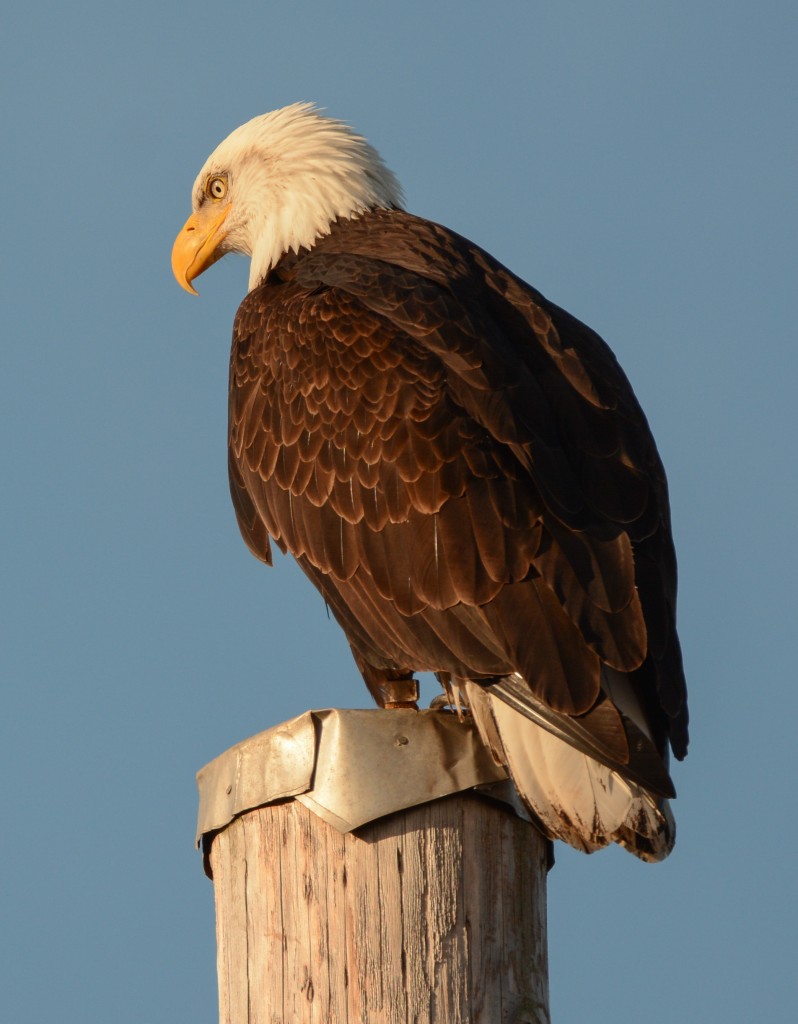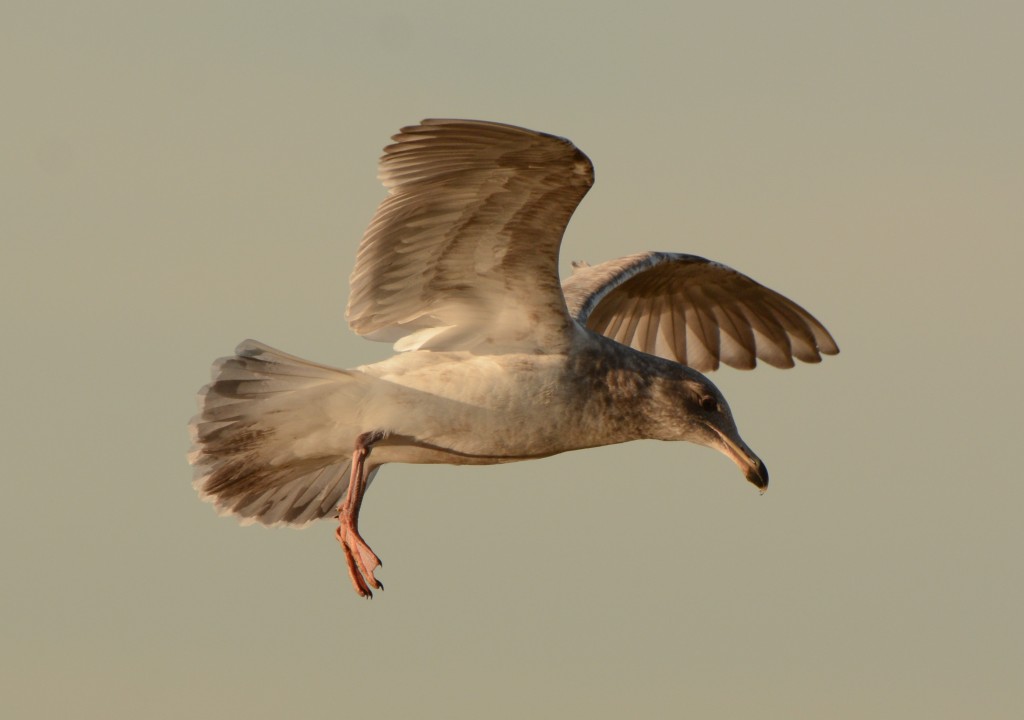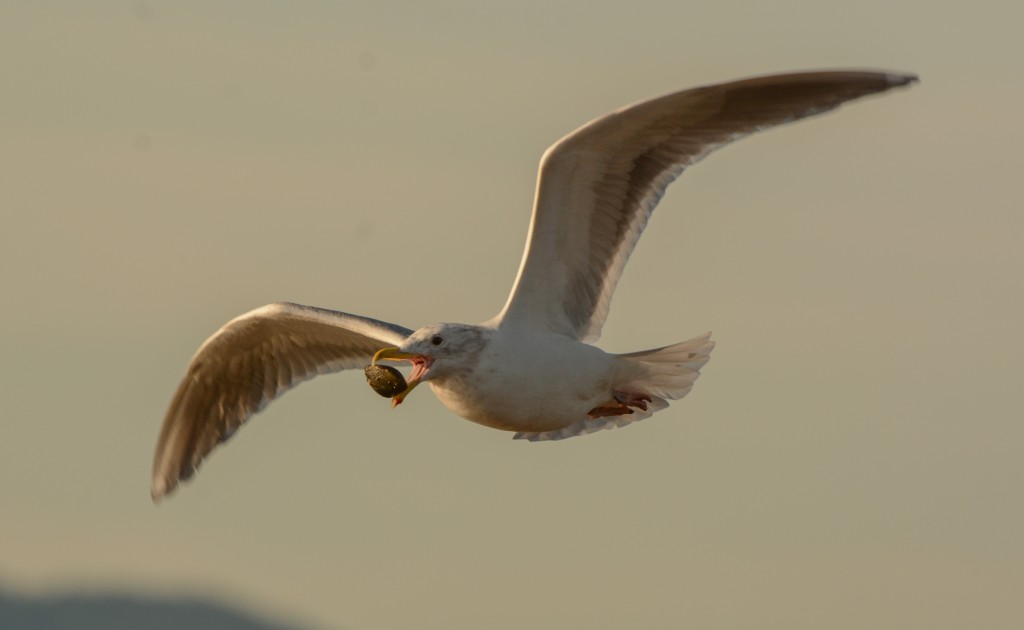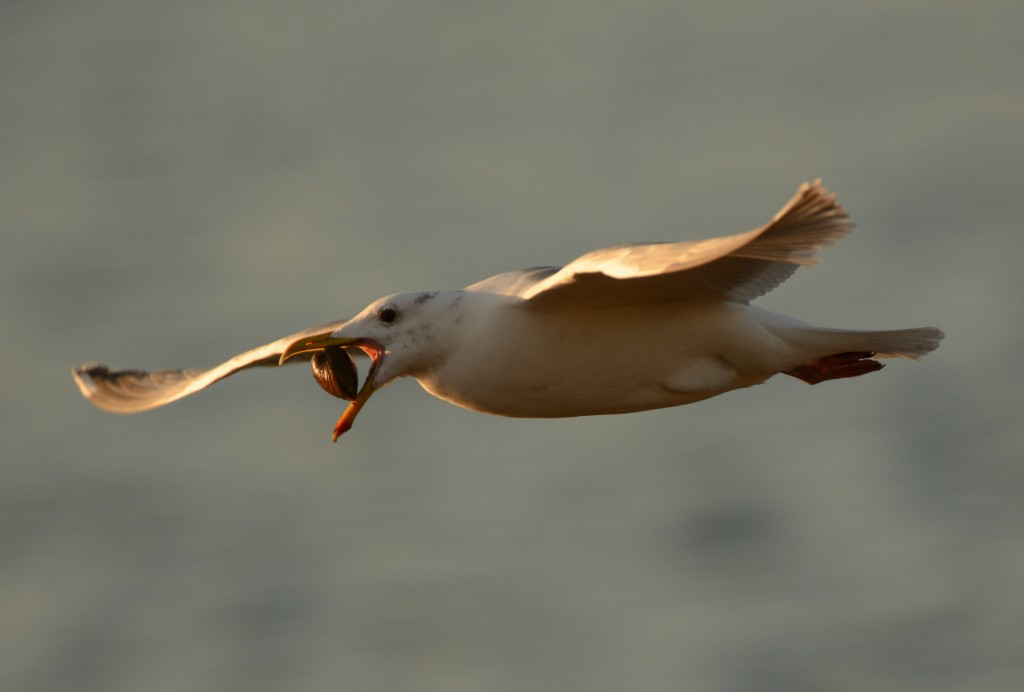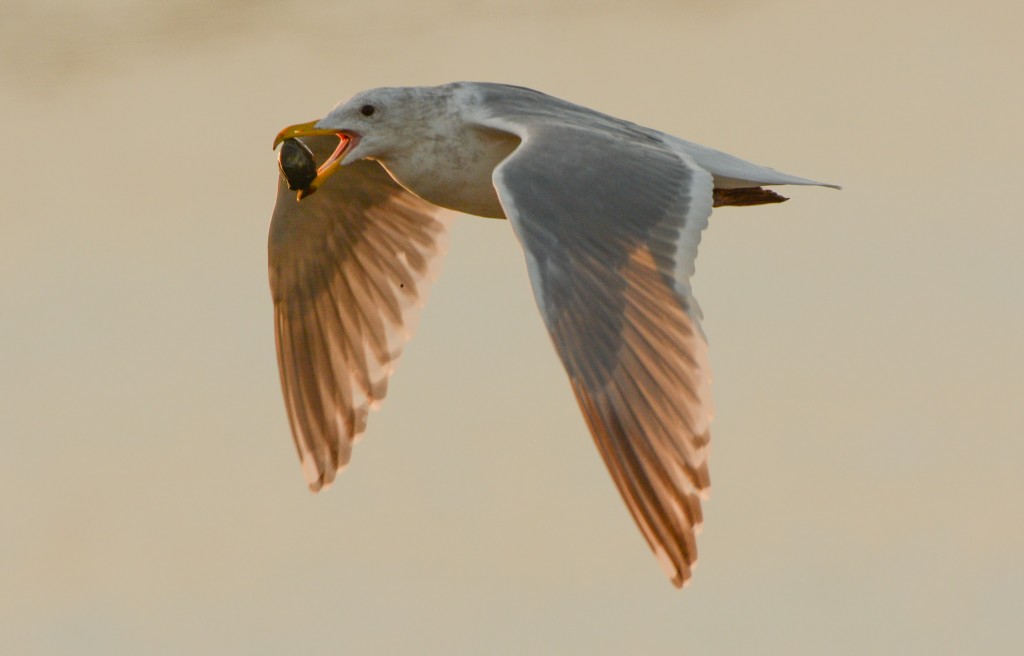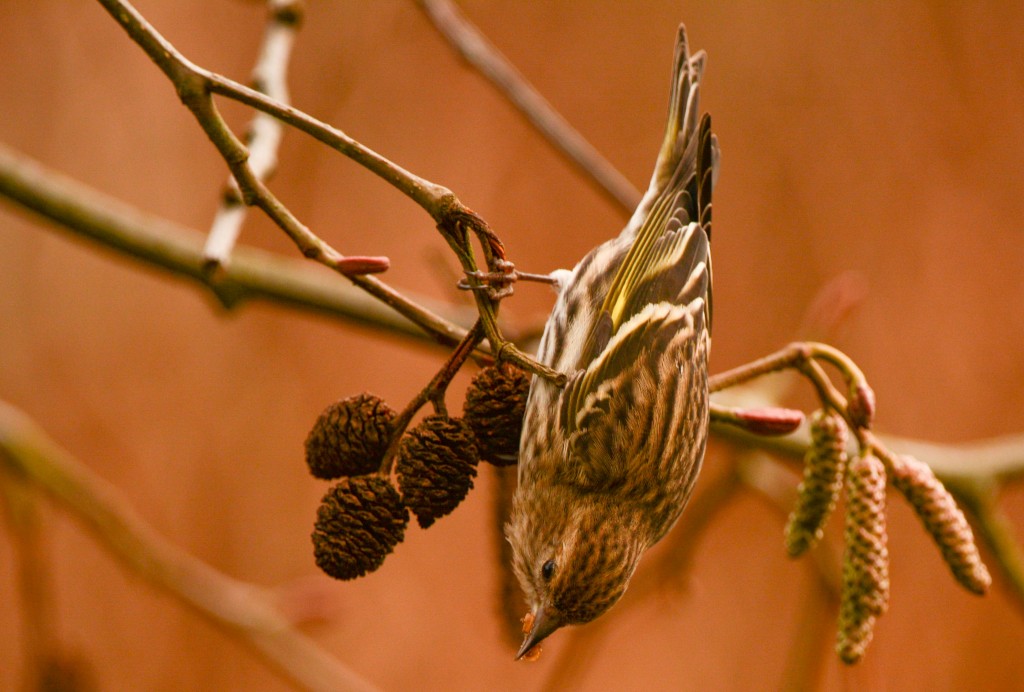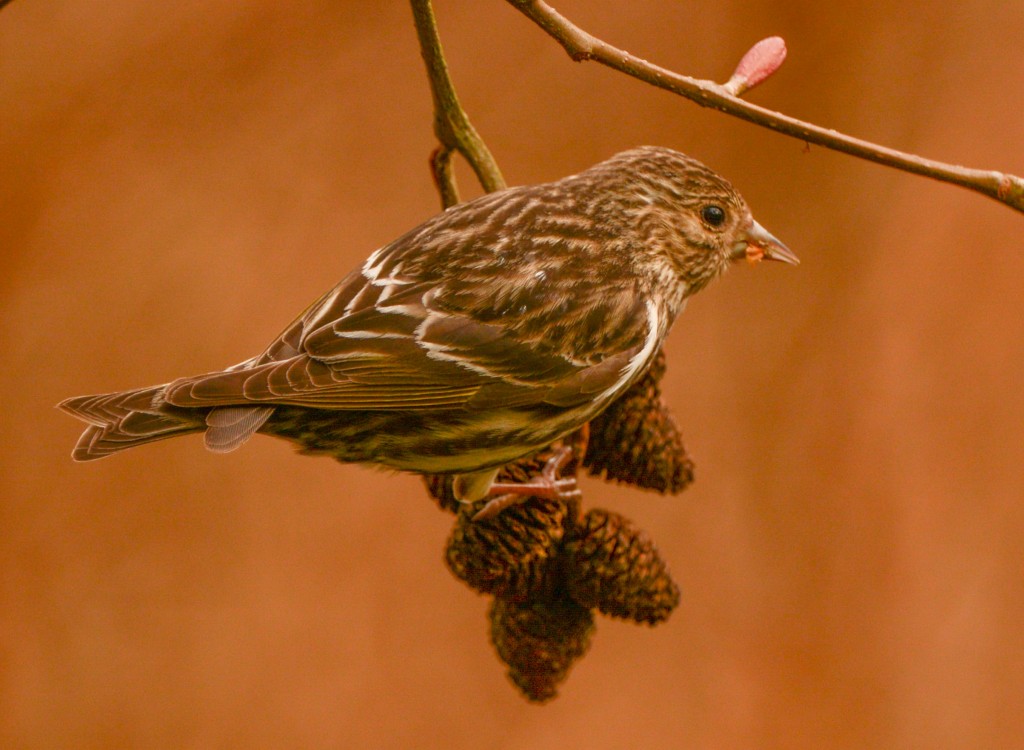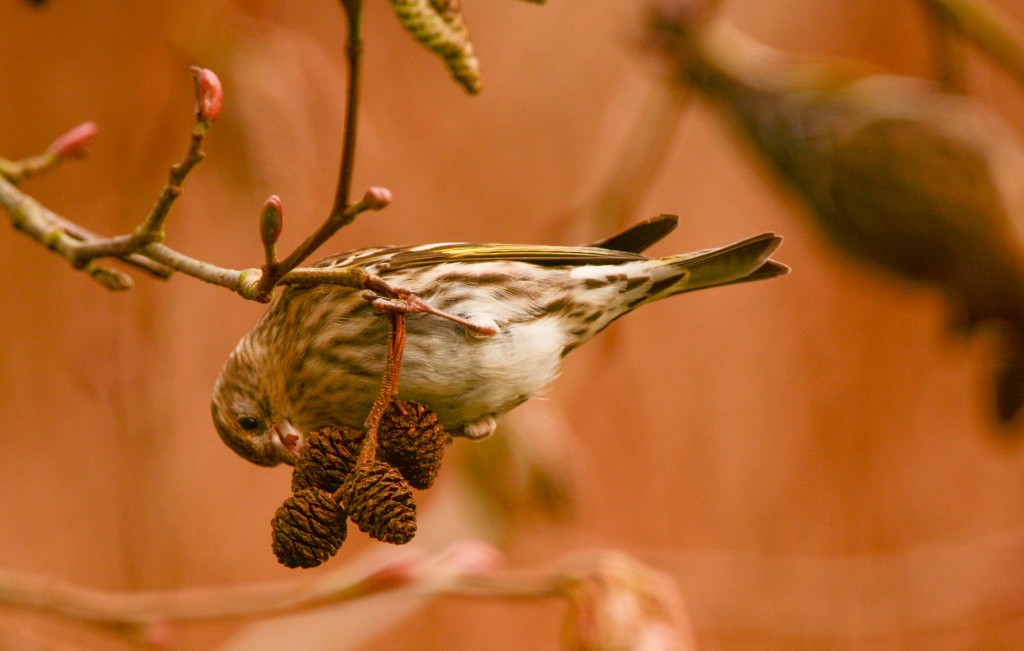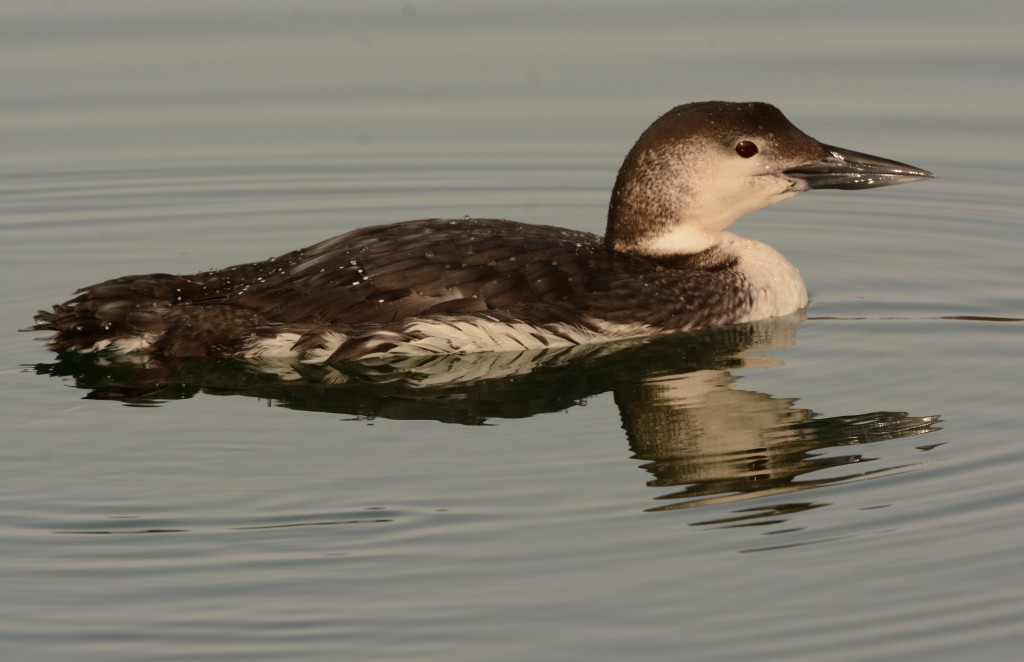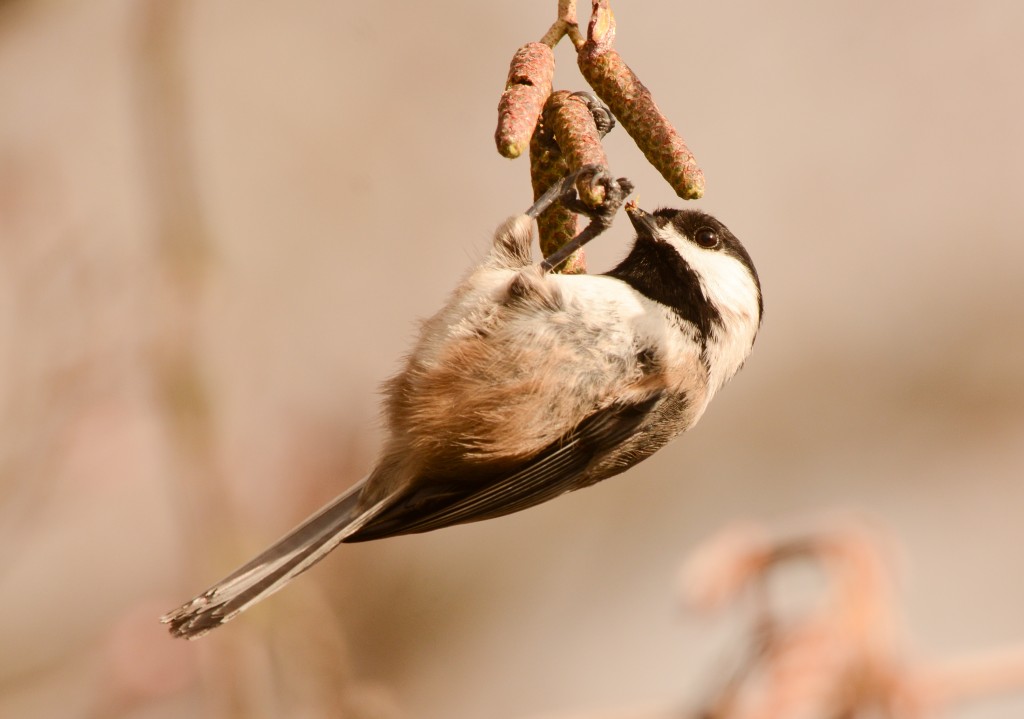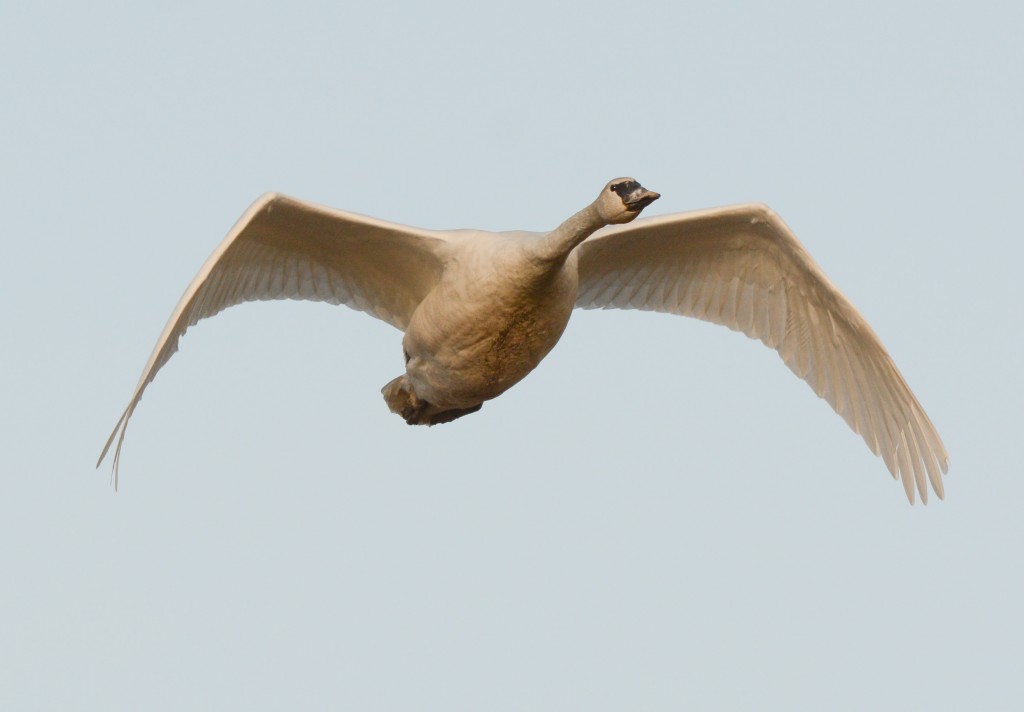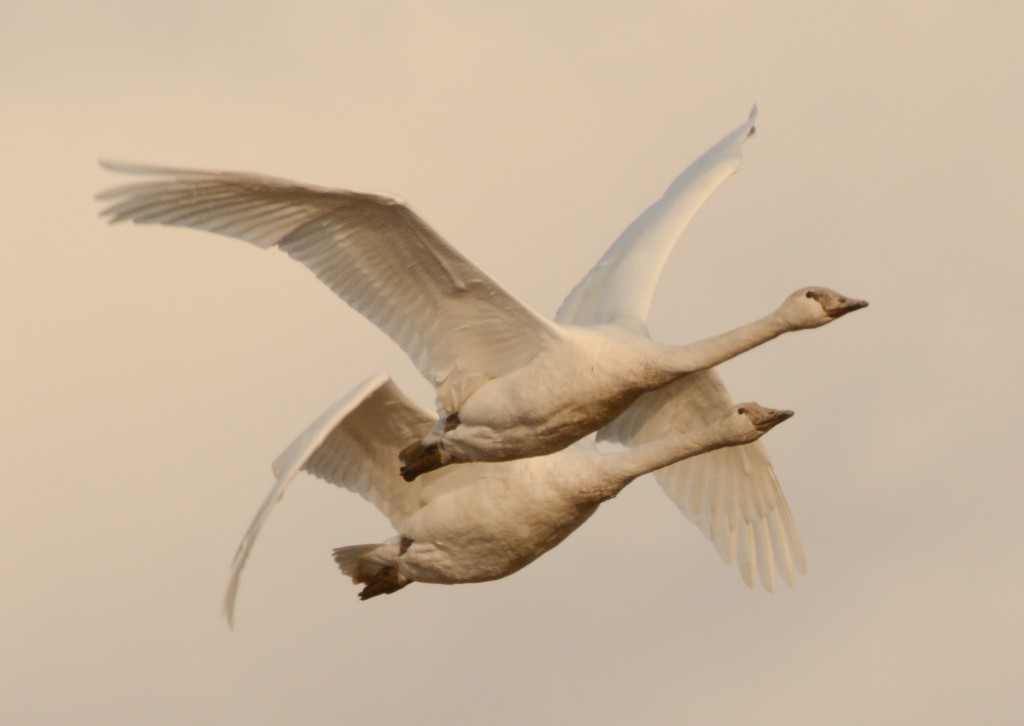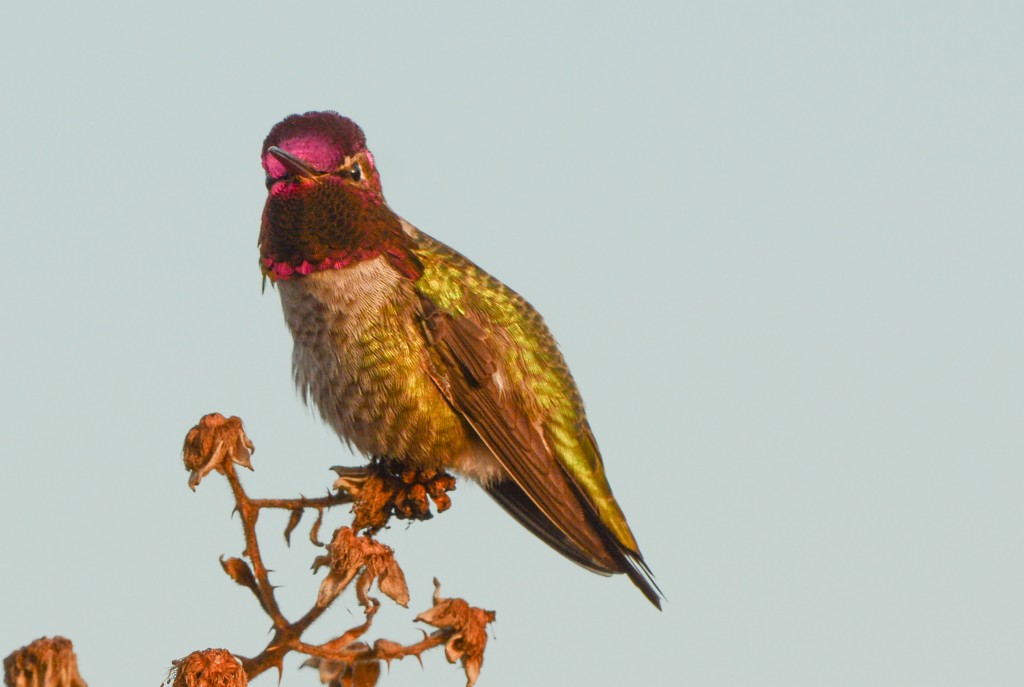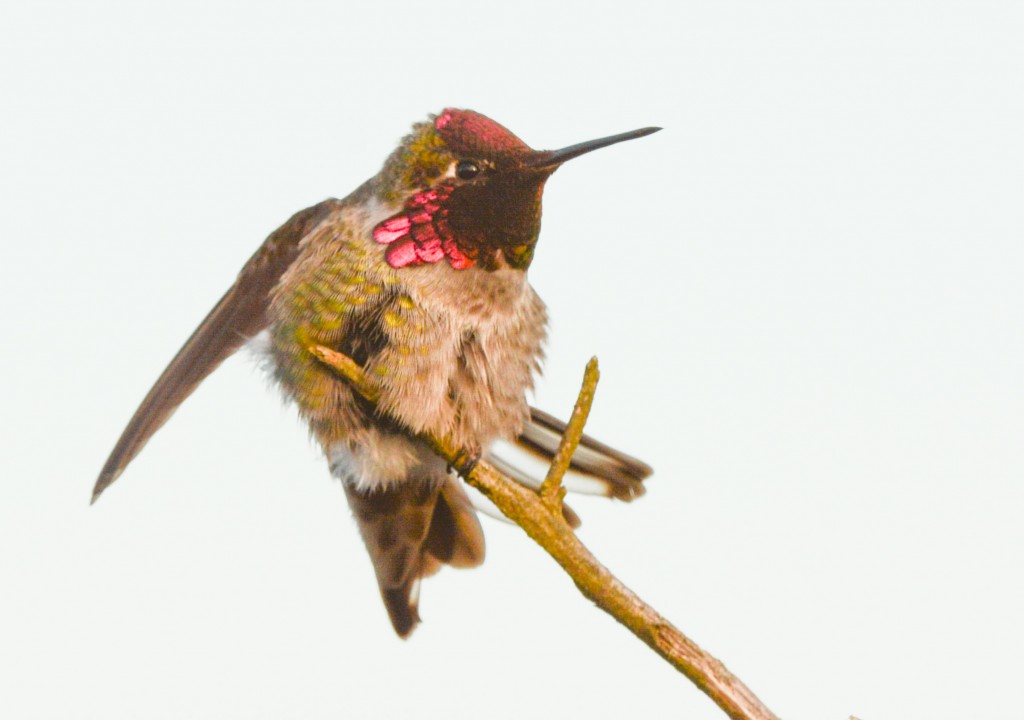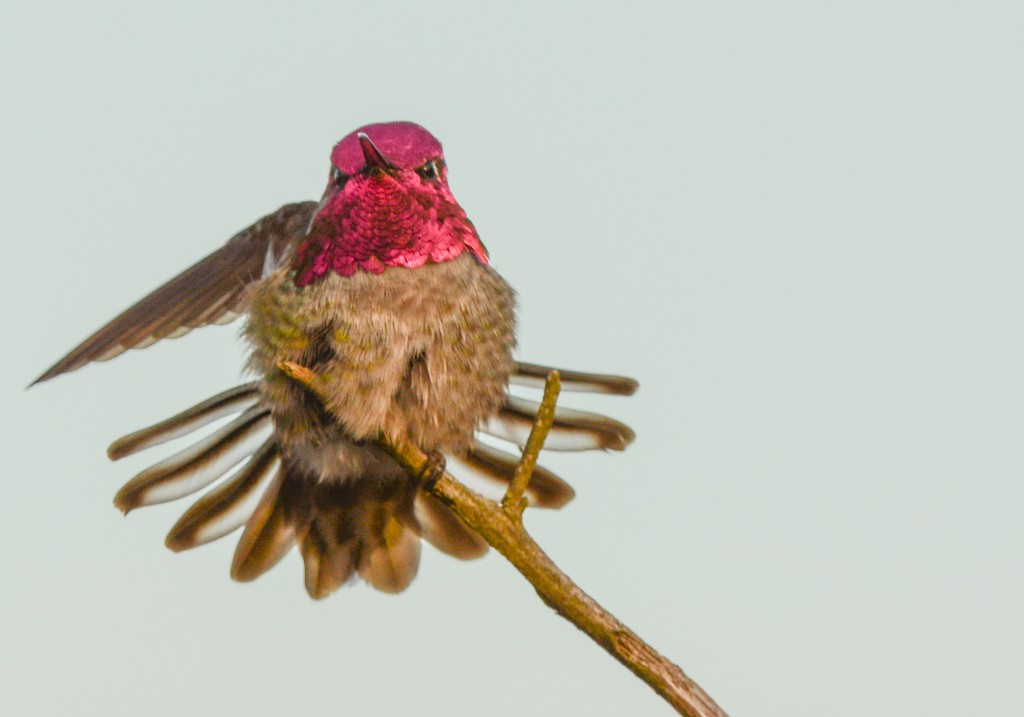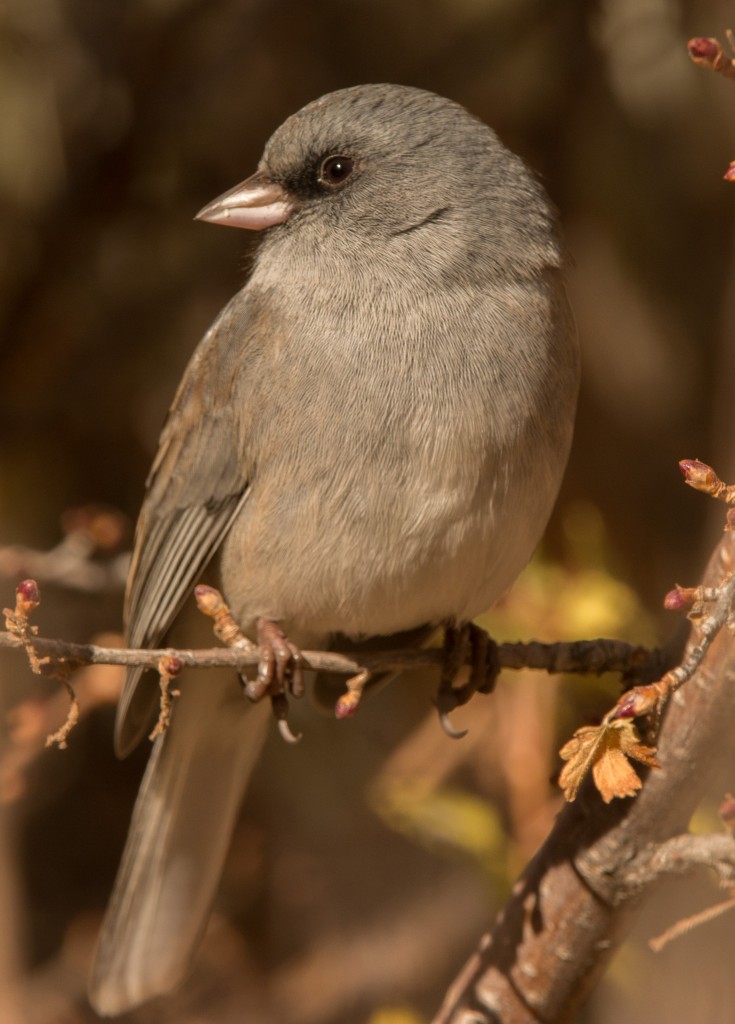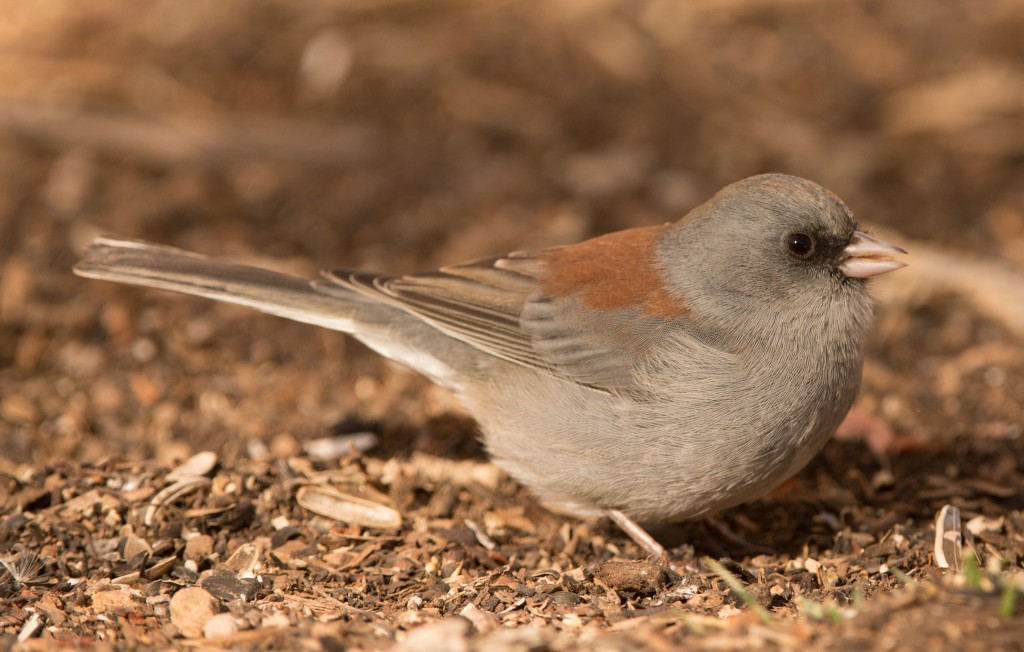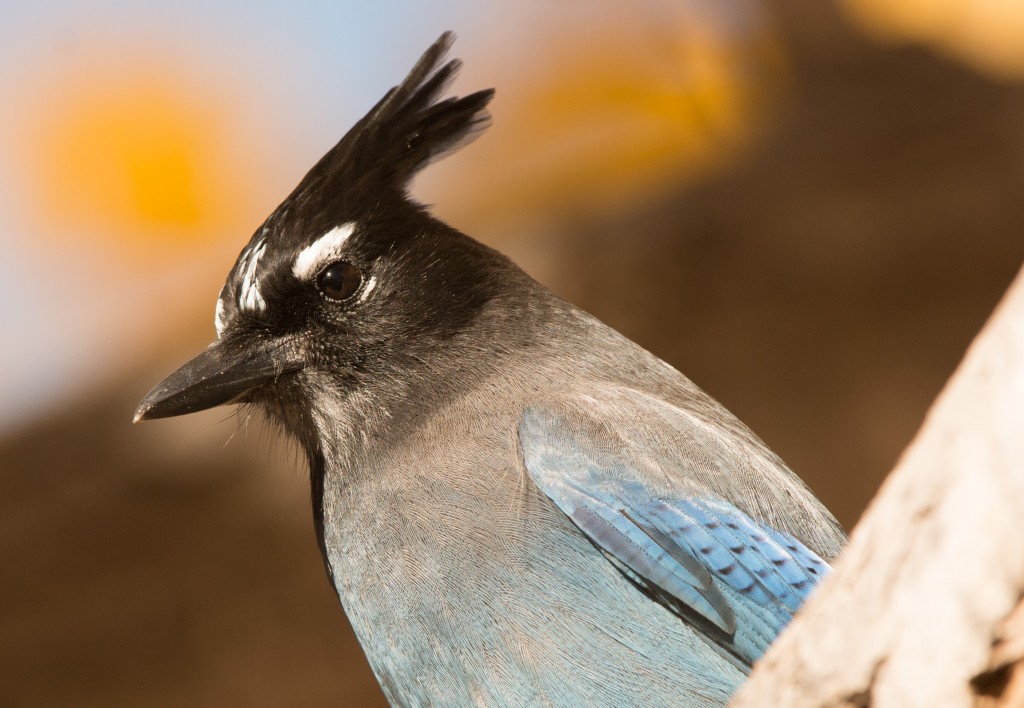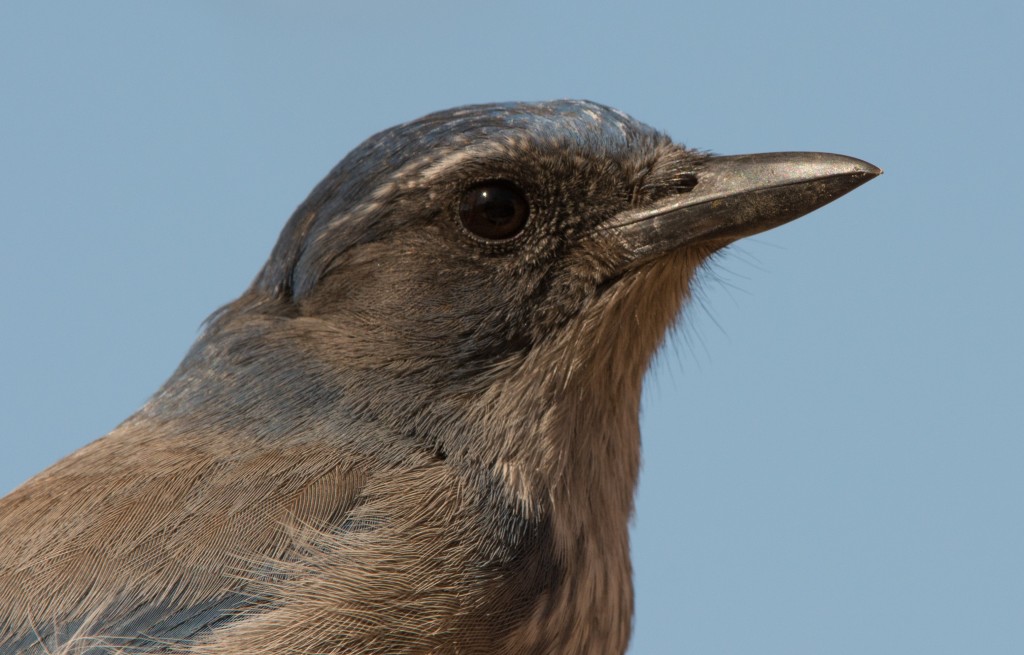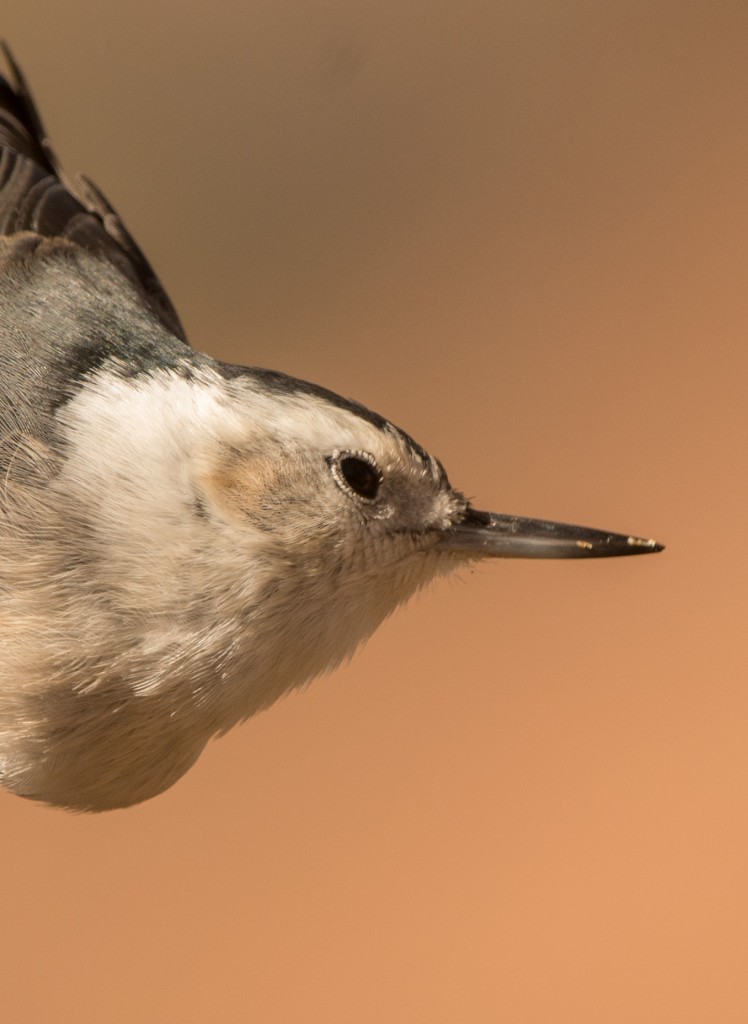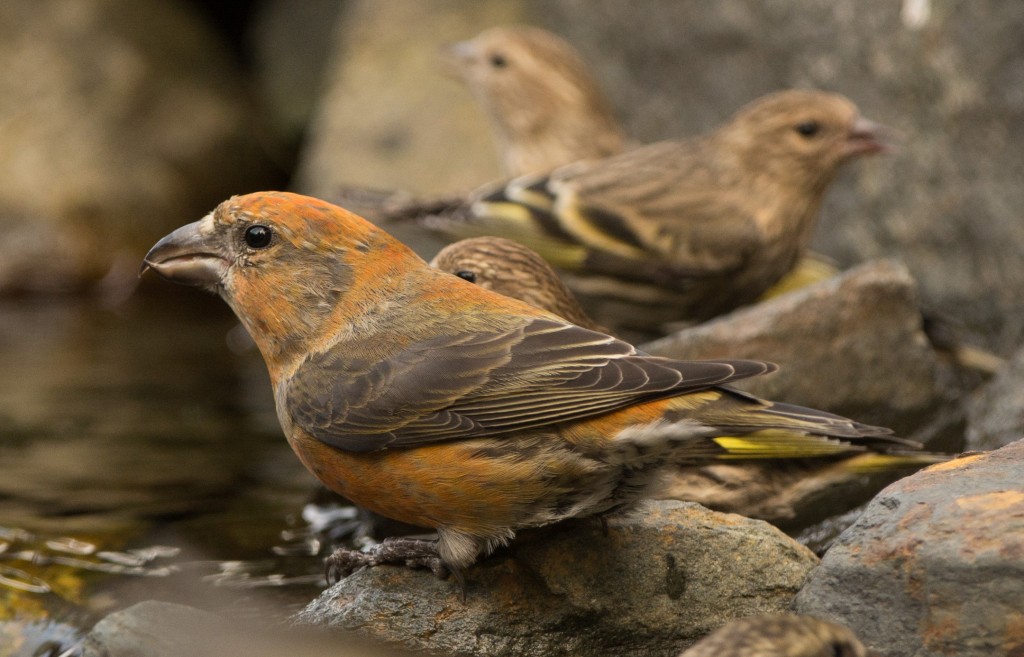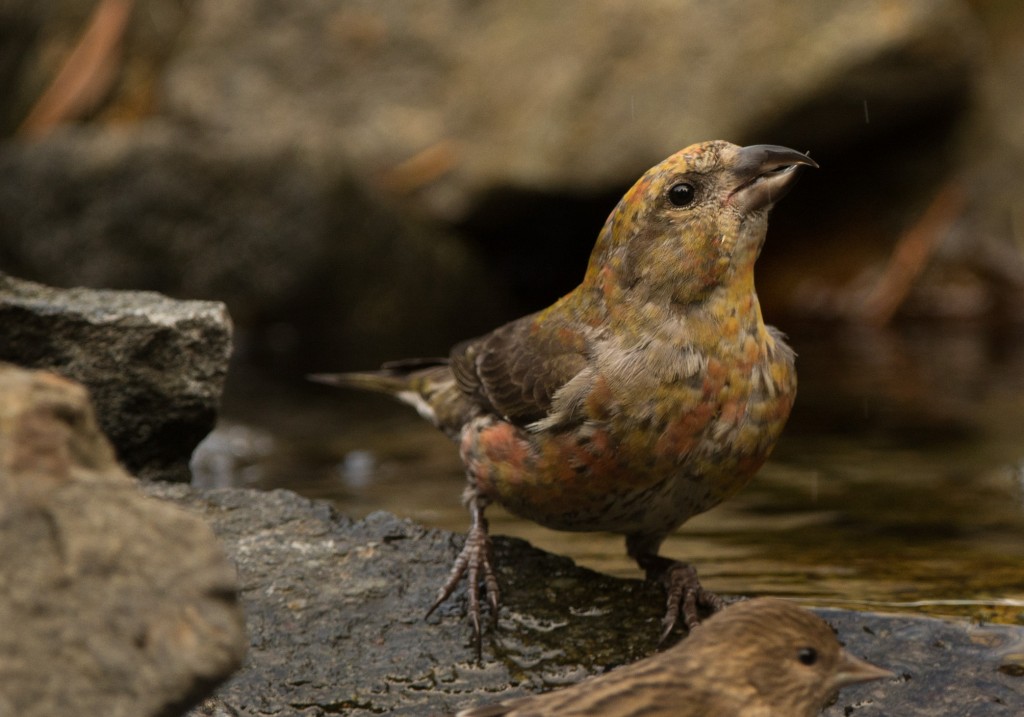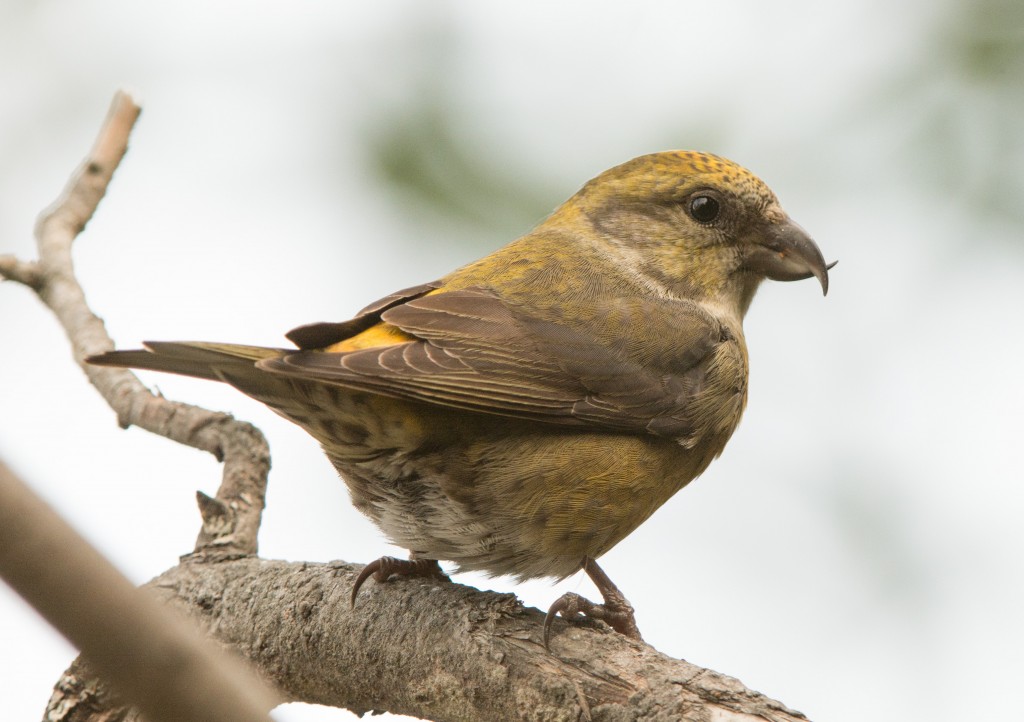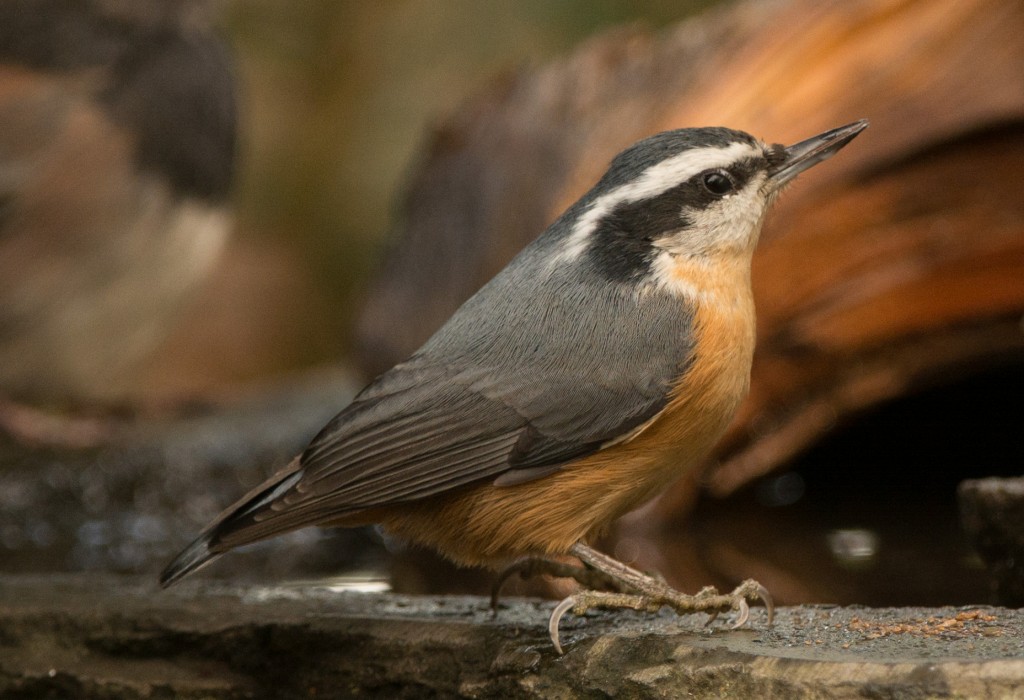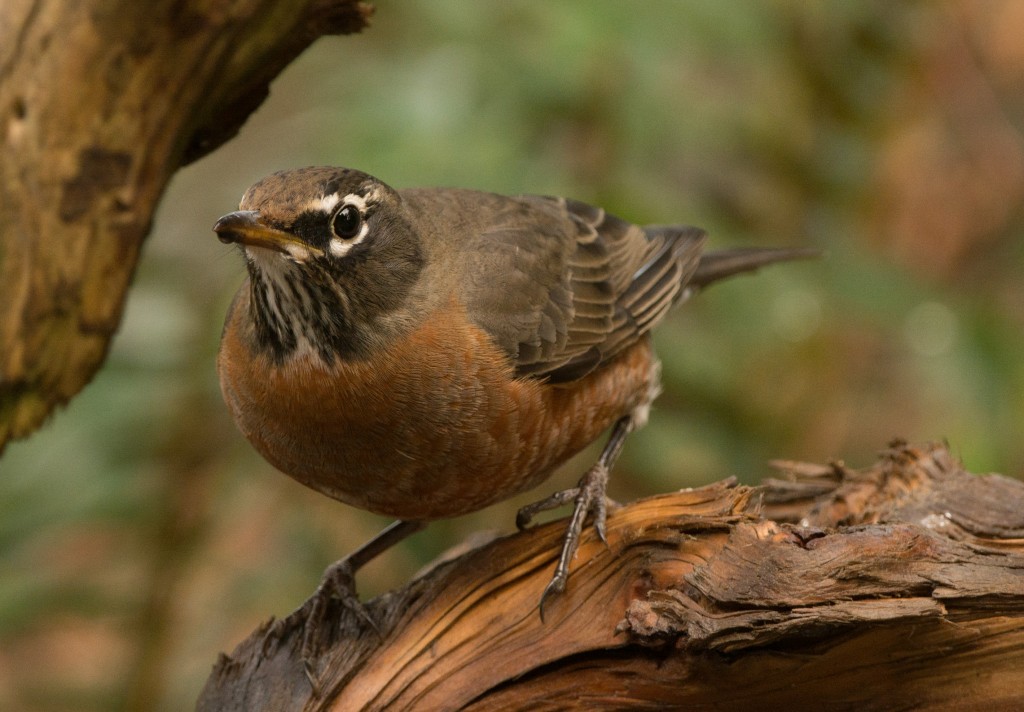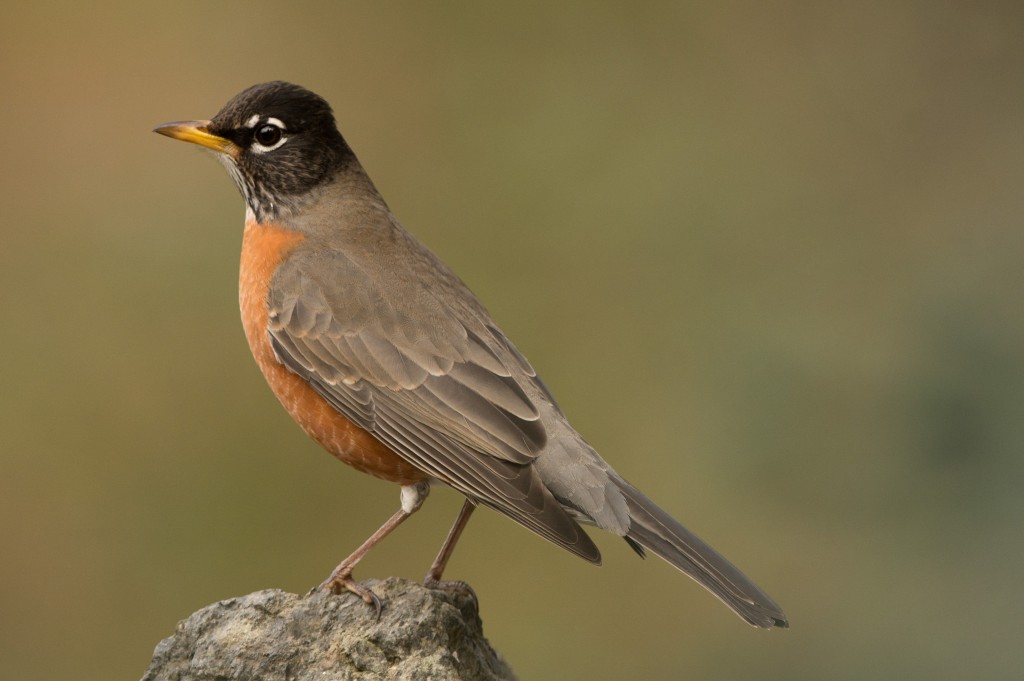I’ve been finding it very difficult to get back to my New Mexico photos. The excuse today was an absolutely gorgeous day with hardly a cloud in the sky. I got out a little after noon and after striking out in the neighborhood I headed for March Point. There I found the tide going out and the gulls hard at work making a living off of the mussels on the beach. I watched them for two different periods of time. I really enjoy the photography as it’s fun watching the gulls and it’s a little bit like shooting skeet.
(Here’s an unrelated photo jus so I can get a photo up on the top of this post.) : )
But to get on with what I learned today. I saw several gulls dive into the water and come up with a mussel. Gulls are naturally buoyant and normally can’t go underwater. However I noticed several gulls diving from about 5-10′ and disappearing completely into the water, popping up only a couple of seconds later with a mussel in their mouth. I thought the water was deeper, but judging by the gull’s buoyancy I doubt that the water was more than about 12″ deep. The interesting part is that they could discern a mussel on the bottom, dive into the water and retrieve it. I would guess they were successful about 70-80% of the time. So here are a few of the photos of gulls flying, with all but one having a mussel in its mouth.
If you believe in reincarnation, coming back as a gull would seem to be a pretty good option. They seem to make a living with relatively little effort, and while maybe not at the top of the list in terms of grace they sure aren’t far from the top!
And the final news. Despite having photographed this activity (gulls gathering and eating muscles) previously, I had never managed to photograph a gull in the act of dropping a mussel on the rocks below. It should be an easier photograph because the gulls always stall when they drop the mussel, giving the photographer a brief instant in the action to get a photo. But for some reason I’ve had a very difficult time getting such a photograph. My frustration ended today. Although it’s not the best photograph, it’s good enough to post on the web site.

